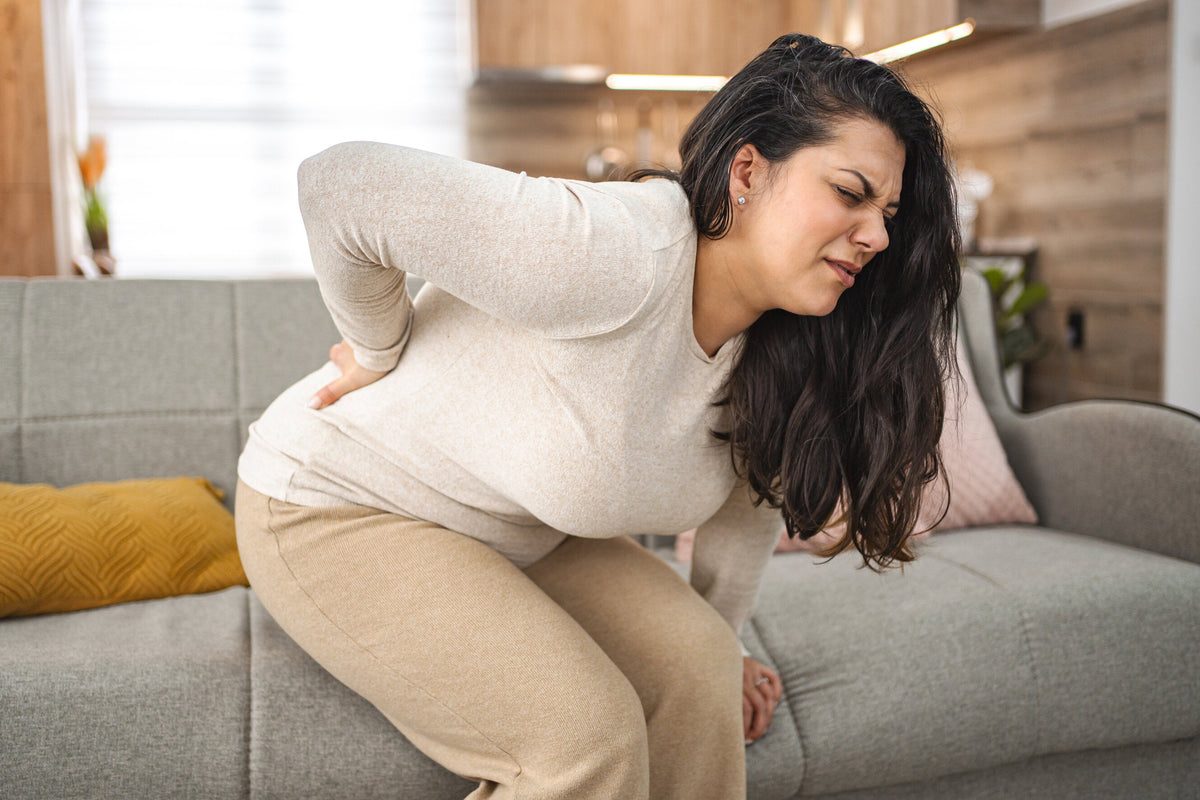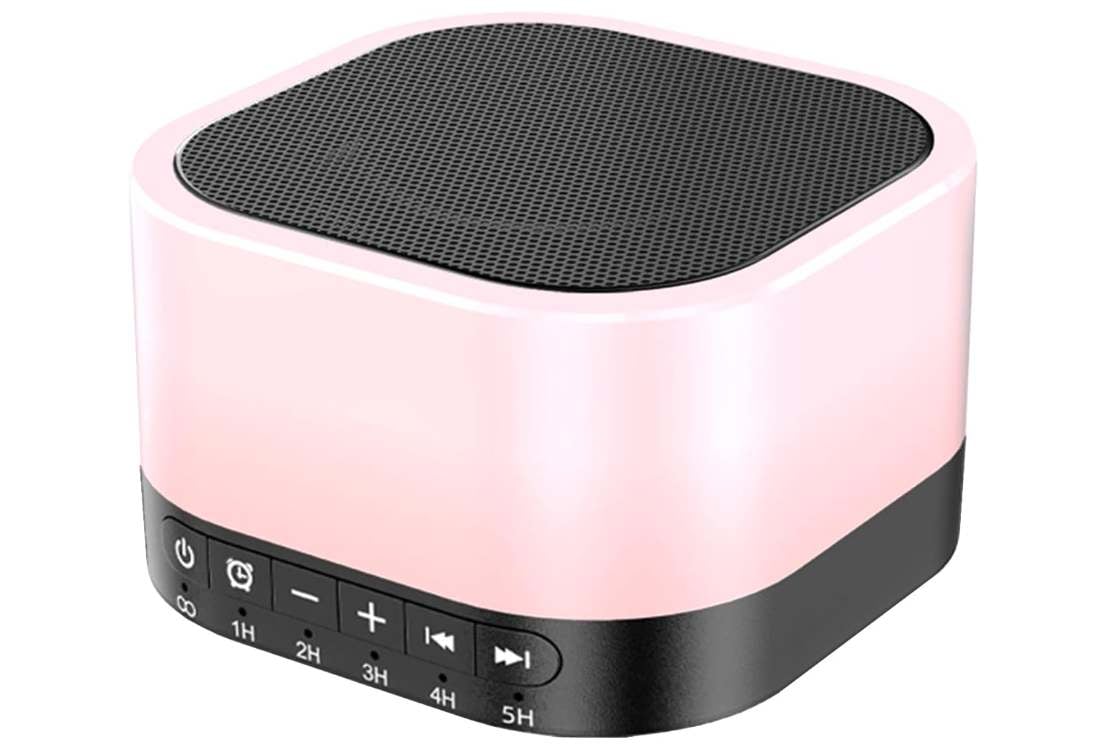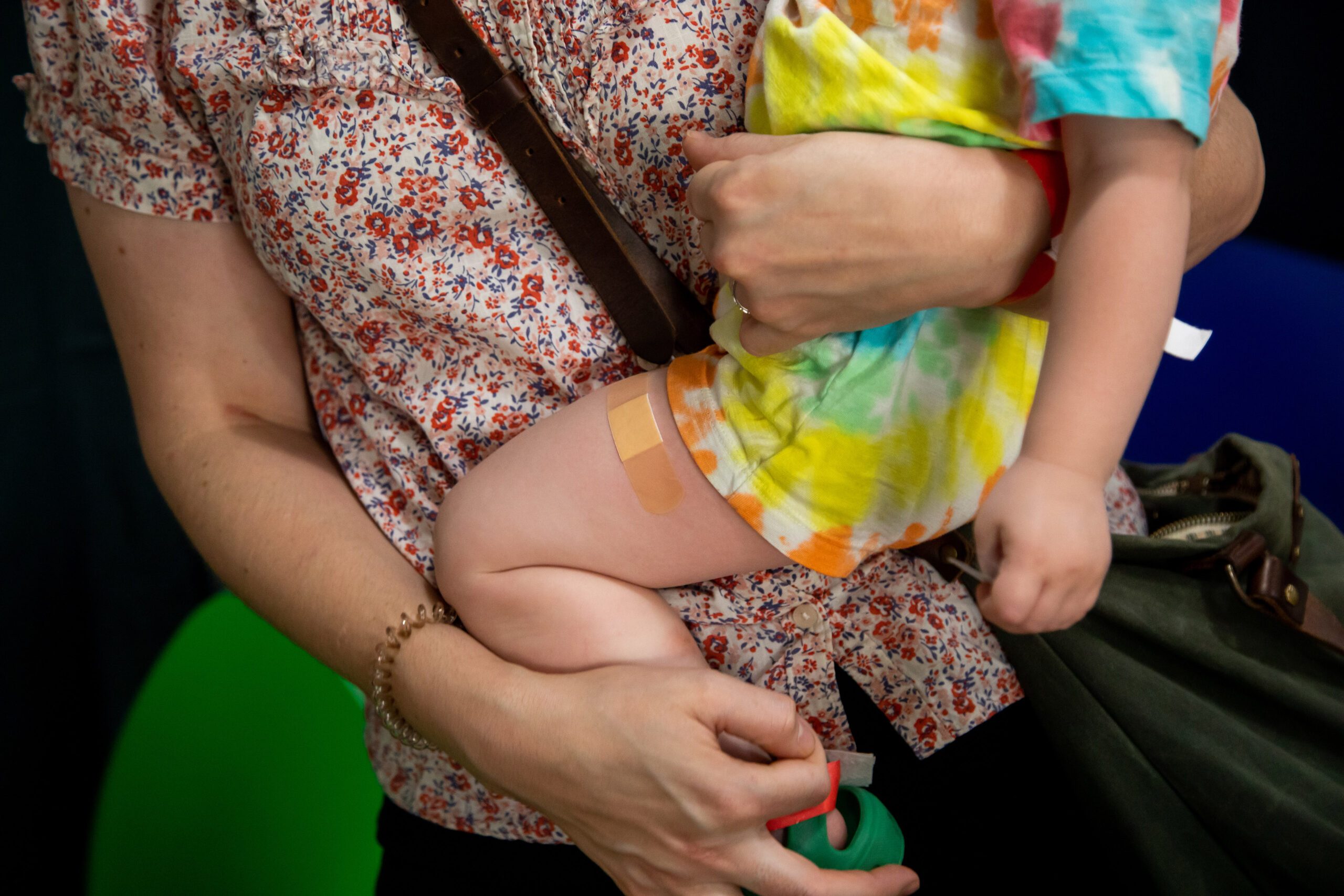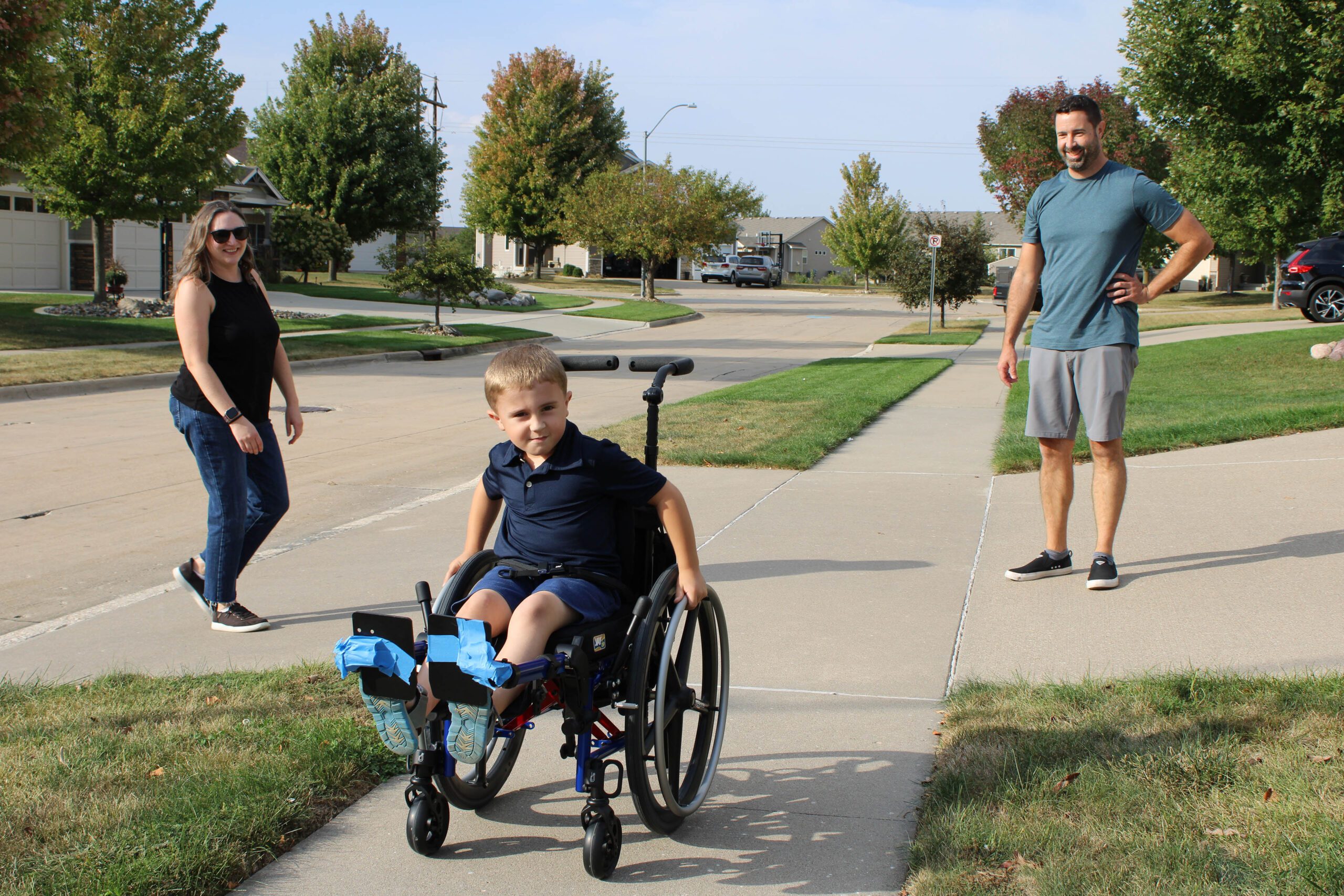
For many women between the ages of 35 and 55, back pain can feel like an unavoidable part of life—especially during perimenopause, postpartum recovery, or periods of weight fluctuation. But you’re not imagining it, and you’re definitely not alone.
In this blog, we’ll explore why hormonal changes and weight gain contribute to back pain, and most importantly—how to alleviate it with simple lifestyle shifts and ergonomic solutions like BOD Support’s memory foam seat cushions and back supports.
💡 The Hidden Link Between Hormones, Weight, and Back Pain
Back pain isn’t just about poor posture or injury—it’s often influenced by internal changes, especially hormones and body composition.
👇 Here’s how:
-
Estrogen decline (common in perimenopause) affects the muscles, joints, and discs, reducing flexibility and causing stiffness.
-
Postpartum hormone shifts and weakened abdominal muscles lead to spine instability and discomfort.
-
Weight gain, particularly in the belly or hips, places added strain on the lumbar spine, pulling posture out of alignment.
Combined with a sedentary lifestyle, these factors can intensify chronic lower back pain, especially during long periods of sitting.
✅ How to Alleviate Back Pain Caused by Weight Gain or Hormonal Changes
1. Support Your Spine with Ergonomic Seating
When hormones and weight changes affect your back, the right seat cushion and lumbar support can help reset your posture and reduce pain.

💺 Try This:
-
Use a memory foam seat cushion to reduce pressure on the tailbone and improve pelvic alignment.
-
Add a lumbar support pillow to maintain the natural curve of your spine, preventing slouching and lower back strain.
➡️ BOD Support products are designed with women’s comfort in mind, especially during life changes that affect spine health.
2. Stretch Gently to Counterbalance Stiffness
Hormonal shifts often lead to inflammation and muscle tightness. Incorporating daily gentle stretching helps relieve tension and increase flexibility.

🧘♀️ Focus on:
-
Hip openers (like seated pigeon or butterfly stretch)
-
Lower back release stretches (like child’s pose or cat-cow)
-
Hamstring stretches to relieve lumbar pull
Pair these with ergonomic seating for better long-term posture support.
3. Strengthen Core and Pelvic Floor Muscles
Hormonal changes and weight gain can weaken the core, leading to spinal instability. Strengthening these areas supports better posture and reduces pain.

🏋️♀️ Try:
-
Pelvic tilts and glute bridges
-
Kegels for pelvic floor support
-
Modified planks to gradually build strength
Start slow and use supportive cushions when sitting post-exercise.
4. Focus on Anti-Inflammatory Habits
Hormones can influence inflammation levels in the body. A few small adjustments can help reduce inflammation and pain:

🥗 Eat:
-
Omega-3 rich foods (like salmon, walnuts)
-
Leafy greens, turmeric, and berries
-
Limit sugar and processed food intake
💧 Stay hydrated and consider magnesium-rich foods to reduce muscle cramping.
5. Reassess Your Sitting Routine
If you’re sitting for long hours every day, your setup matters more than ever.

✅ Your ergonomic checklist:
-
Hips slightly above knees (use a wedge-shaped cushion)
-
Feet flat on the floor
-
Lumbar support touching your lower back
-
Screen at eye level to prevent hunching
💡 BOD Support’s ergonomic cushion sets help you sit smarter—whether at home, in the office, or in the car.
🌸 You Deserve Comfort at Every Life Stage
Hormonal shifts and weight changes are a natural part of a woman’s journey—but chronic back pain doesn’t have to be.
By understanding how your body is changing and giving it the right support, you can sit, move, and live more comfortably.
👉 Ready to sit with less pain?
Explore BOD Support’s ergonomic solutions for women designed to support your body through every chapter of life.
Disclaimer: This story is auto-aggregated by a computer program and has not been created or edited by healthlydays.
Publisher: Source link










